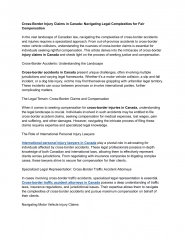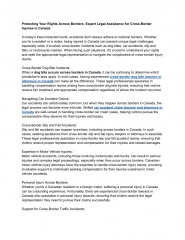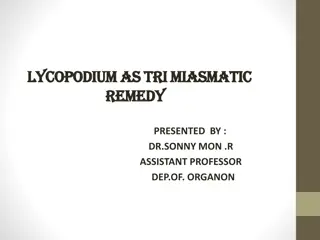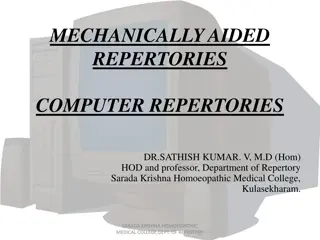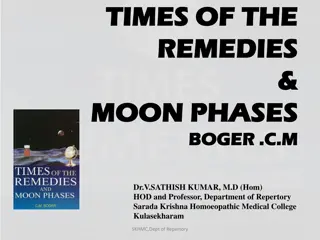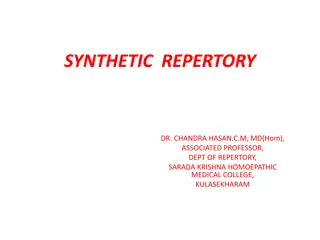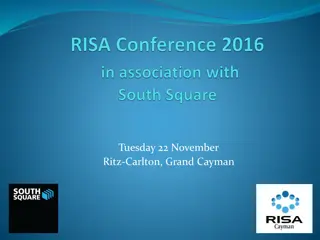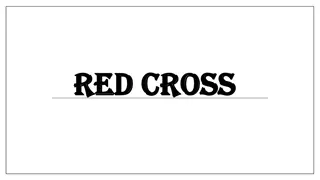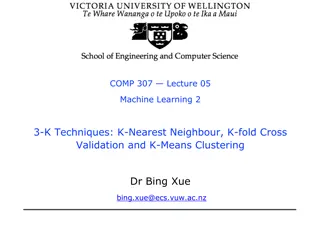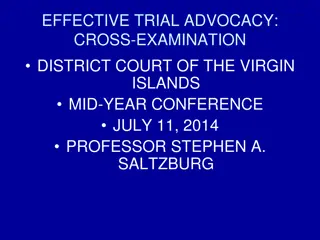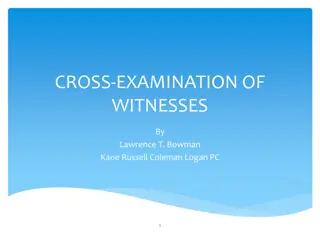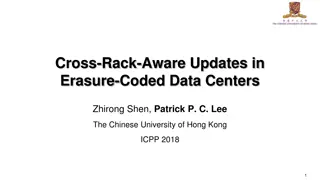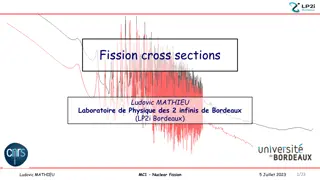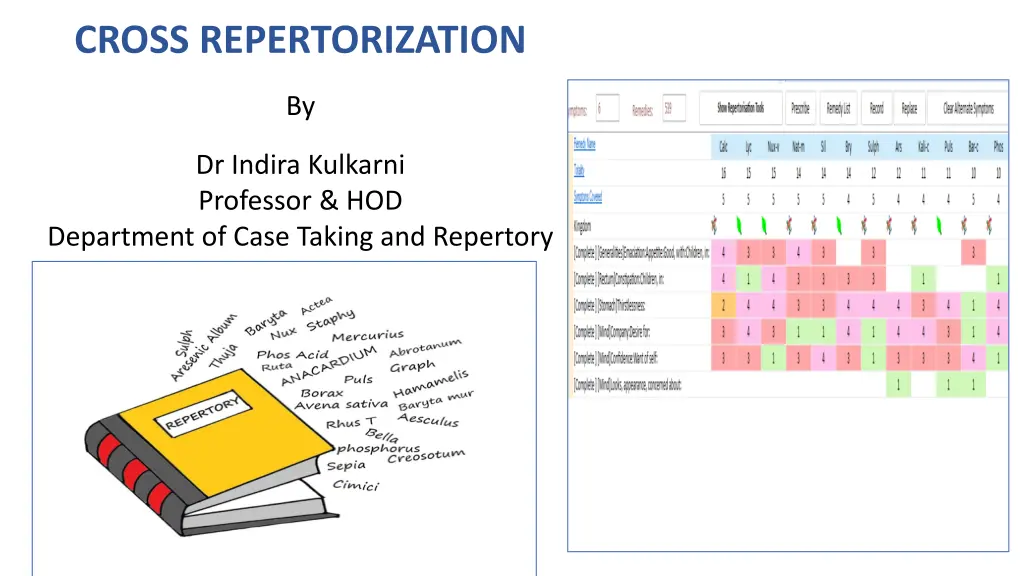
Cross Repertorization in Homeopathy
Learn about the concept of cross repertorization in homeopathy, where multiple repertories are consulted to find the most suitable similimum. Discover advantages, methods, and the conversion of marks between different repertories.
Download Presentation

Please find below an Image/Link to download the presentation.
The content on the website is provided AS IS for your information and personal use only. It may not be sold, licensed, or shared on other websites without obtaining consent from the author. If you encounter any issues during the download, it is possible that the publisher has removed the file from their server.
You are allowed to download the files provided on this website for personal or commercial use, subject to the condition that they are used lawfully. All files are the property of their respective owners.
The content on the website is provided AS IS for your information and personal use only. It may not be sold, licensed, or shared on other websites without obtaining consent from the author.
E N D
Presentation Transcript
CROSS REPERTORIZATION By Dr Indira Kulkarni Professor & HOD Department of Case Taking and Repertory
1. Confused ?????? 2. Not getting the right rubric
Definition : The term cross repertorization is used when more than one repertory is consulted in the selection of a suitable similimum or to confirm the result obtained by the use of one/another repertory Selection of the repertory for repertorization depends mainly on the type of the case and physician s acquaintance with the repertory
Advantages of cross repertorization: 1. To highlight the oneness of all the repertories. 2. To find out the correct/suitable similimum 3. To select the well represented rubric from the suitable repertory
Methods : 1. Using one totality: using the same totality for different repertories 2. Rearranging the totality: here the totality is re-arranged as per the different repertories used 3. Integrated approach: here only one common totality is formed and the rubrics are referred in to different repertories and the most similar well represented rubric is considered accordingly
Conversion of Marks Boenninghausen/Boger/ Complete/ Synthesis/Synthetic Repertory Kent 5 3 4, 3 2 2 1 (1)

